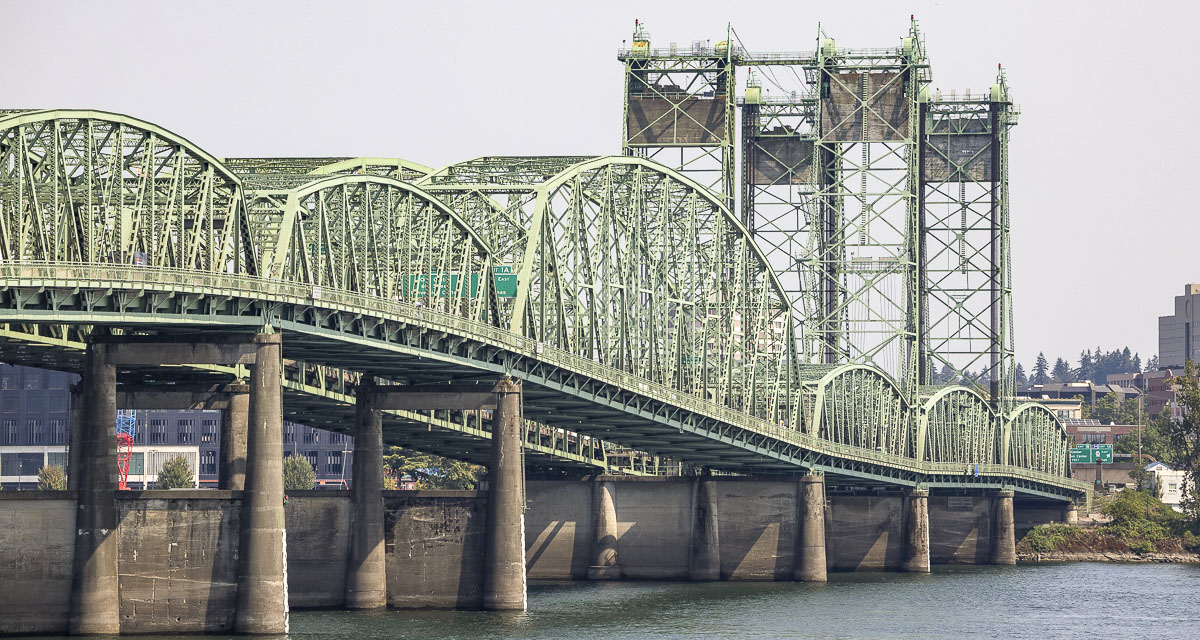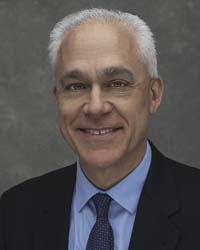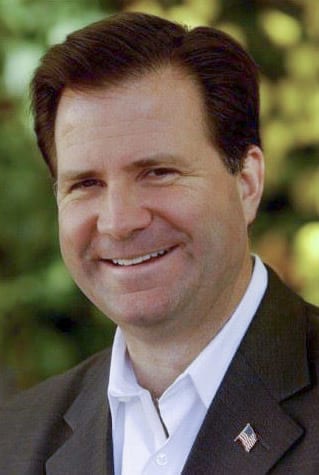
Interview with Camas City Council Member Tim Hein on Lars Larson Show underscores widespread skepticism about the light rail project’s value to Southwest Washington taxpayers with strong criticisms of its financial viability and transparency
Ken Vance, editor
Clark County Today
Opposition to proposed funding for the light rail extension of TriMet’s Yellow Line into Vancouver continues to mount as area elected officials continue to gather information on the cost for the future maintenance and operations.
TriMet, Oregon’s transit agency that is already facing its own financial struggles, has requested $6.8 million annually from Washington taxpayers for operations and maintenance, as part of $21.8 million in shared costs. The Portland transit agency also seeks funding for 19 new rail cars for the proposed 1.83-mile extension of its Yellow Line into Vancouver. The extension makes up $2 billion of the cost for the project, which is currently at $7.5 billion and expected to climb with new estimates promised by the Interstate Bridge Replacement Program (IBR) later in 2025. The extension of TriMet’s light rail is part of the proposed transportation element of the IBR’s Locally Preferred Alternative.
Last week, C-TRAN Board member Bart Hansen, also a member of the Vancouver City Council, expressed his unwillingness to support the proposed burden for Southwest Washington taxpayers for maintenance and operations of the light rail extension. Hansen shared his position during an interview on the Lars Larson Show.

On Wednesday, it was fellow C-TRAN Board Member Tim Hein, a Camas City Council member, who was questioned by the popular radio host about the potential funding needed for the light rail extension. Hein cited exorbitant costs and limited benefits for Camas residents while emphasizing that light rail primarily benefits commuters along I-5 and does not address broader regional needs, as it does not connect via I-205. Hein indicated that the members of the Camas City Council and mayor have concluded that the project is not beneficial to their taxpayers.
“As of the meeting that the Camas City Council and the mayor had this past Monday, the six of us have come to the conclusion that it does not benefit the citizens of Camas, especially because all routes to light rail go through I-5,’’ Hein told Larson Wednesday. “They won’t cross 205. We pay into C-TRAN, we support C-TRAN and the service it provides.’’

Larson accused TriMet of financial mismanagement and suggested the agency is offloading its financial troubles onto Washington taxpayers. Concerns were also raised about TriMet’s history of overpromising and under delivering, questioning the feasibility of the promised 10 train departures per hour.
Larson also criticized Vancouver Mayor Anne McEnerny-Ogle for refusing to publicly explain her support for the project. McEnerny-Ogle has declined Larson’s requests for an interview on the issue. Larson speculated that some politicians might support the light rail only as a condition for getting a new bridge across the Columbia River.
“I will speak for the city of Camas only because, as you know, I am appointed by the mayor to be a member of the C-TRAN board, a voting board member position,’’ Hein said. “We met and we received a presentation, the same presentation that the C-TRAN board received in November and December.

“And given that presentation, the numbers outlined, we don’t support it. We don’t see the benefit,’’ Hein added. “We think that the costs are exorbitant and the benefits purely are not there. I can’t speak to Trimet. I can’t speak and will not speak for (Vancouver) Mayor Anne McEnerny-Ogle.”
Hein highlighted that ridership on C-TRAN’s existing routes is at historic lows and has not recovered post-pandemic. He questioned the justification for building an expensive light rail line when demand for transit services is declining. Both Larson and Hein advocated pausing the project to reassess its necessity and potential value to taxpayers.
Larson offered his own theory that the Vancouver mayor has “just decided the only way we’re going to get a new bridge on I-5 from Washington to Oregon is if we buy off on this $2 billion light rail line.’’
“I don’t know why they’re behind it, except perhaps to your point, there’s the perception that the only way to get a new bridge across I-5 is including light rail,’’ Hein said.
Hein stated that the members of the Camas City Council are in favor of an I-5 Bridge replacement project. “We’re just not in favor of supporting a bridge with light rail at the cost outlined,’’ he said.
This raises the question of whether or not C-Tran Board approval of the Modified Locally Approved Alternative should be rescinded as well. That issue may be revised at the next C-TRAN Board meeting.
Also read:
- IBR only has single firm interested in managing the project to replace I-5 BridgeRep. John Ley reports on serious concerns with the I-5 Bridge replacement project, including limited contractor interest, rising tolls, and a 15-year timeline.
- Busy pavement season ahead on Vancouver streetsThe city of Vancouver is set to repave and preserve 76 lane miles across 20 neighborhoods in summer 2025, with ADA upgrades and community notices throughout.
- State representative: Expect sticker shock when Interstate Bridge project officials reveal price, tolling plansAt a town hall in Battle Ground, Rep. John Ley warned of major cost increases and tolling burdens tied to the Interstate Bridge replacement project.
- Opinion: Washington state lawmakers increase the cost of driving – againBob Pishue of Mountain States Policy Center argues that new vehicle and fuel taxes in Washington will raise driving costs while diverting funds away from roads.
- Overnight full closure of I-5 near Woodland for bridge inspection, May 6WSDOT will fully close southbound I-5 near Woodland overnight on Tuesday, May 6 for a bridge inspection using a chain drag test.









